|
Alisa Paykina BA Graphic & Media Design 18000792 Recently, the approach to design has been shifting from a structured practice - design; to one built on experimentation and breaking the rules - anti-design. There are differing opinions following the discourse on which of the two outweighs the other. However, neither of the practices can stand alone without the other, each serving a specific purpose. To better contextualise the fields’ benefits and shortcomings, I will be comparing them in terms of communication capabilities, and how relatability or authenticity and how it could be perceived within modern societies, considering “art has almost always been a reflection / [communication] of society” (Satori Graphics, 2021, 3:57). Design and anti design, are practices used to communicate ideas through a blend of visual and/or typographic elements. Take publications for example, the standardised layouts and grid systems, are used to communicate designers’ intended messages. The use of specific layouts, or the deconstruction of said layouts, embody different moods and meanings. Typically, minimalist publications follow design layouts that surround content within a majority of white space. This practice puts the emphasis on content (imagery or text) instead of design elements. Oftentimes, used by commercial publications, as it easily and clearly communicates the idea across. Similarly, minimalist designs often communicate the notion of luxury, selling a particular lifestyle to readers. This is not always a bad thing, as sometimes “less is more” (Syjuco, 2019). However, in my opinion it is crucial to implement design and anti-design practices based on target audiences and messages. Many times, big brands miss the point when they use minimalist clean aesthetics, when trying to sell to younger generations. Context of the work is important when forming the designs, otherwise “less [can be] a bore” (Syjuco, 2019). Fig.1 - Assouline: The Impossible Collection of Design Anti-design can be seen as an uprising of its own, critiquing or subverting traditional already accepted notions of design, politics, gender and globalism (Syjuco, 2019). Within this field, designers want to bring their audience something new, fresh, challenging what is typically seen in commercial design, and encouraging audiences to do the same. Anti-design takes these conventional structures and reformats them. Similarly, this is present in the context of publication design,“Readers and publishers are hungry for mags that challenge convention and offer a more authentic experience,” (Jamieson, 2016) and anti-design is what brings that, often seen in the format of indie scene zines as seen below. Presenting content in an almost journaling format, breaking boundaries and making it personal. Fig.2 - Buffalo Zine No. 3 I believe that the rise of anti design is something exciting, breaking away from the typical repurposed structures and practices that we are used to seeing. With new design solutions, we are able to learn and teach new things, rather than consume recycled designs with slight modifications. Challenging norms is exciting and authentic. Authenticity is a subcategory that falls under communication. Designers, politicians, ad agencies want their audience to connect with them by creating relatable content. The emerging anti-design movement argued “that the Modernist idea of 'the perfect form' that follows a function cannot be reached…” and pushed for designs characterised by kitsch, irony and the distortion” (Martinique, 2016). This approach advocated for a fresh outlook that redefined design and personalised it towards different socio-cultural environments. Authenticity is something quite difficult for commercial brands and politicians to embody.“Ad agencies are desperately trying to appear ‘understanding’ on behalf of their clients and branding consultants” (Johnson, 2020). Designed outputs are typically planned out, structured, and those characteristics are not usually synonymous with the something that is authentic or from the heart. With the recent pandemic, brands struggled with exactly that, producing almost identical content, repeating the phrases such as ‘unprecedented times’, ’new normal’ and others over and over. Fig.3 - ‘New Normal Ad’: Unknown Author This proves that following the standardised structure and scripts doesn’t always work, especially with serious health messages. People seek honesty and something personal that can drive conversation rather than being spoken at. Rather than viewing a polished high production corporate piece of content, people would rather see something that is common within their culture. I would for sure. The below example of Social media posts by Johnson Banks and Nick Asbury resonated with me on a personal level. The creators play upon a common cultural visual of the parental advisory label, to communicate the government messaging, prompting audiences to turn these messages into creative comms, including them in the conversation and making it more relatable. Fig.4-5 - Social media posts by Johnson Banks and Nick Asbury Working at a marketing agency for my DPS placement, I often see authenticity as a common issue. Brands often present audiences with hyper designed content, that although is pleasing to the eye, missing the personal element and in turn results in less engagement. Alternatively, when creatives and influencers represent brands they bring personality and relatability, which in itself can be a form of anti-design in social media marketing, braking away from briefs and letting authenticity out. Even though the content made by influencers is not as polished, it resonates more with audiences, especially Gen-Z. Fig.5 - Clarks Originals Instagram Post (Brand Led) Fig.6 - Clarks Originals Instagram Post (Influencer Led) Overall, my recent DPS experience has opened up my eyes to what people really want in terms of content and designed outputs, something authentic that they can make a personal connection to, and oftentimes that comes in the form of anti-design rather than design. I believe, that it is important to identify target audiences and purpose of message to determine whether design or anti-design should be used. But personally, being in an extremely commercialised world, anti design always wins for me. I believe in challenging the norms and bringing something new to audiences rather than recycling old standardised design practices. BIBLIOGRAPHY
Jamieson, R., 2016. The New Wave of Anti-design Magazines Will Question Your Sense of Taste—and That’s a Good Thing. [online] Eye on Design. Available at: <https://eyeondesign.aiga.org/the-new-wave-of-anti-design-magazines-will-question-your-sense-of-taste-and-thats-a-good-thing/> [Accessed 5 December 2021]. Johnson, M., 2020. Branding, politics and pandemics | Johnson Banks. [online] Johnsonbanks.co.uk. Available at: <https://www.johnsonbanks.co.uk/thoughts/branding-politics-and-pandemics> [Accessed 5 December 2021]. Martinique, E., 2016. Anti-Design Movement - Aestheticism of the Modern Era | Widewalls. [online] Widewalls. Available at: <https://www.widewalls.ch/magazine/anti-design-italian-movement> [Accessed 5 December 2021]. Satori Graphics, 2021. Will ‘ANTI DESIGN’ Takeover The Graphic Design World!?. [video] Available at: <https://www.youtube.com/watch?v=Bv7a3TcxugQ-> [Accessed 5 December 2021]. Syjuco, S., 2019. Less Is A Bore: Maximalist Art & Design. [online] stephaniesyjuco.com. Available at: <https://www.stephaniesyjuco.com/news/less-is-a-bore-maximalist-art-design-at-ica-boston-jun-26-sep-22-2019> [Accessed 5 December 2021].
1 Comment
Evangeline Cousins, BA(HONS) Design for Branded Spaces |
| |
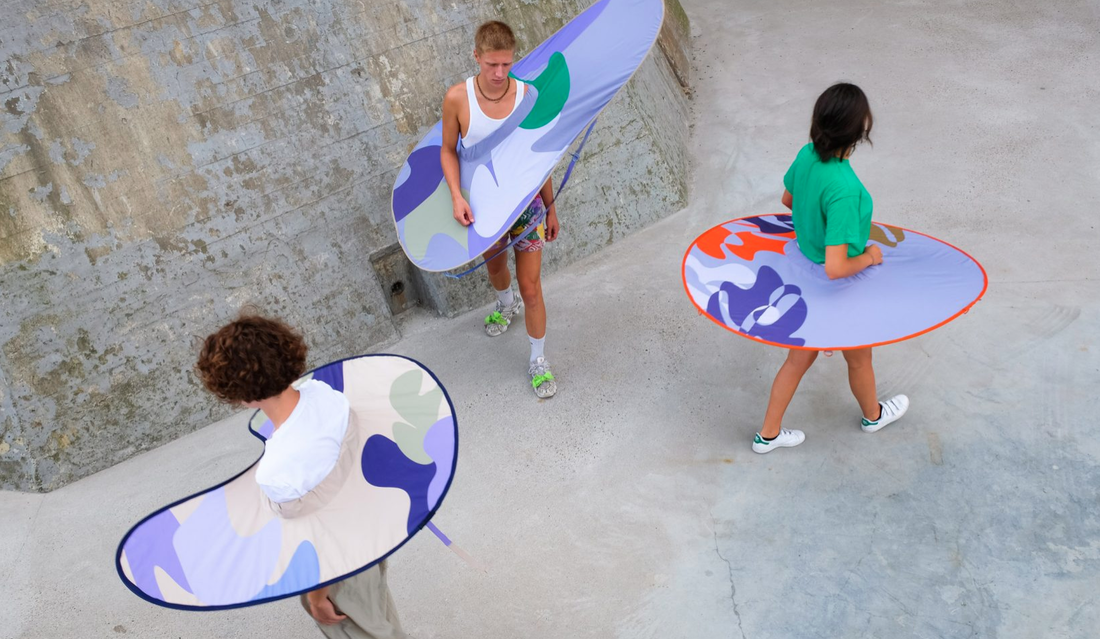
My name is Tia Johnson, a Graphic and Media design student at LCC and I will be looking at the topic of Anti-design.
During late 2019 when the world was looking forward to celebrating a new decade, the unfortunate event of a global pandemic shook the world to its core and in a way shaped human behaviours and habits in a long-term way; we now see people wearing masks, socially distanced spaces, more sanitisation stations and a wide scale promotion of vaccinations.
Though the promotion of this is through scientific advice to stop a wider spread, how this promotional material got to the public was though campaigns using posters, advertisements and other creative technology to improve and educate within the pandemic.
Since 2019 up to current day, we have seen a rise in designers finding creative strategies to be a part of tackling of the global pandemic; as well as other important issues.
From a brief perspective, we can assume it is because anyone would love to use their talents to promote a world cause or come up with solutions that can better improve the earth; though from scratching through the surface you can start to see that designers are tackling their own problem; irrelevance.
There is now a need to be useful, and a dissolve of creation for pure aesthetics.
This is where we are seeing the rise in anti-design, the anti-design movement rewarded functionality rather than beauty, style, mass-production and greed.
Anti-designers wanted people to think about the objects they were buying or the material they were viewing, even if this product ended up being thrown away in the end.
An example I can give of a pandemic solution that embraces anti-design is the wearable pop-up ‘distance keepers’ designed by Anna-Sophie Dienemann; this accessory is to encourage social distancing as it pops out a ring of personal space for the wearer.
This is something that does not take in fashion as a clothing statement (though she has tried to make the garment as flattering as possible) this is a statement of safety and is functional as a protective device.
Picture: Models wearing the ‘Distance Keepers’ *photographer unknown*
A source I looked at for writing was the quote by Scott Ewen “Designers make the most beautiful trash.” From this quote I was conflicted to his meaning, was it a criticism of the overconsumption of materials used in design? Or was this a critique following design outcomes from corporations and mass production favouring looks to solving solutions?
In my course, I have been taught that a successful graphic designer needs to be a problem solver to add value to design works produced.
This quote also followed through my brain when looking at the article ‘The New Wave of Anti-design Magazines Will Question Your Sense of Taste-and That’s a Good Thing’ and the article ‘Coping with Irrelevance’ by Michael Johnson.
The wave of anti-design has hit the publishing industry, with Indie magazines shifting from the aesthetics of clean, minimalist, white spaced pages to unrestraint of rough, shabby and more-is-more design aesthetic.
Aesthetically, I believe that this shift has been brewing for a while, with the use of minimalism becoming a cliché in modern indie magazines, this new style of magazine allows freedom of creative expression for the designers, which is a refreshment to the ‘rules’ that are set out in publication.
Interviewing Charlotte Roberts and Bertie Brandes, the creators of Anti-Design magazine ‘Mushpit’ they explain they were tired of feeling burned out from needing to produce works that fit mass-production and consumerism saying:
“We were both testing out jobs in fashion and were already quite disillusioned by our experiences. After one too many tellings off about not packing a sample in the correct tissue paper, parodying the industry became a no-brainer. Our aim is to provide an alternative and honest voice for young women.”
With honesty being their strategy, we have also seen a shift in production materials used in indie mags; with experimentation of cheaper paper, low-culture values and much more reductive price points.
This shift to me is to make the magazines more reachable to an audience, so that more people can see the message the magazine is trying to spread; this to me is a good goal however some could argue that it is clashing with anti-design as it could be seen as more mass productive with a lower price point, I argue that this is mainly to ensure different people (particularly working-class people who are pushed out of creative industries) get a view; I just hope that with the worries of sustainability these products are recyclable as the anti-design movement looks more into temporary than long term design solutions; which can have a negative effect on the planet with waste later.
Looking at the article ‘Coping with irrelevance’ by Michael Johnson, we see points of discussion that shows design communicators are going through a struggle of producing relevant works, from a design of the McDonalds golden arches being separated as point to social distancing, good idea but does it provide functionality to the issue?
He argues not, he says there is opportunities for designers to make a difference, however there is misdirection, consumer obsession and unconcentrated; that a few ad posts and posters will not change behaviour and have a strong presence.
I must disagree with his statement that a few adverts and posters will make a difference, throughout the pandemic posters displaying information on correct handwashing, information on the spread and general designs to improve moral of the communities has been a benefit; the government has used the talents of designers to promote campaigns that have in the long run been successful.
I do agree however that designers can think more of a relevant way to promote their skills within the pandemic, with an example of social media posts by Johnson Banks displaying typography layouts conveying the message of social distancing, as its creative and holds purpose.
During late 2019 when the world was looking forward to celebrating a new decade, the unfortunate event of a global pandemic shook the world to its core and in a way shaped human behaviours and habits in a long-term way; we now see people wearing masks, socially distanced spaces, more sanitisation stations and a wide scale promotion of vaccinations.
Though the promotion of this is through scientific advice to stop a wider spread, how this promotional material got to the public was though campaigns using posters, advertisements and other creative technology to improve and educate within the pandemic.
Since 2019 up to current day, we have seen a rise in designers finding creative strategies to be a part of tackling of the global pandemic; as well as other important issues.
From a brief perspective, we can assume it is because anyone would love to use their talents to promote a world cause or come up with solutions that can better improve the earth; though from scratching through the surface you can start to see that designers are tackling their own problem; irrelevance.
There is now a need to be useful, and a dissolve of creation for pure aesthetics.
This is where we are seeing the rise in anti-design, the anti-design movement rewarded functionality rather than beauty, style, mass-production and greed.
Anti-designers wanted people to think about the objects they were buying or the material they were viewing, even if this product ended up being thrown away in the end.
An example I can give of a pandemic solution that embraces anti-design is the wearable pop-up ‘distance keepers’ designed by Anna-Sophie Dienemann; this accessory is to encourage social distancing as it pops out a ring of personal space for the wearer.
This is something that does not take in fashion as a clothing statement (though she has tried to make the garment as flattering as possible) this is a statement of safety and is functional as a protective device.
Picture: Models wearing the ‘Distance Keepers’ *photographer unknown*
A source I looked at for writing was the quote by Scott Ewen “Designers make the most beautiful trash.” From this quote I was conflicted to his meaning, was it a criticism of the overconsumption of materials used in design? Or was this a critique following design outcomes from corporations and mass production favouring looks to solving solutions?
In my course, I have been taught that a successful graphic designer needs to be a problem solver to add value to design works produced.
This quote also followed through my brain when looking at the article ‘The New Wave of Anti-design Magazines Will Question Your Sense of Taste-and That’s a Good Thing’ and the article ‘Coping with Irrelevance’ by Michael Johnson.
The wave of anti-design has hit the publishing industry, with Indie magazines shifting from the aesthetics of clean, minimalist, white spaced pages to unrestraint of rough, shabby and more-is-more design aesthetic.
Aesthetically, I believe that this shift has been brewing for a while, with the use of minimalism becoming a cliché in modern indie magazines, this new style of magazine allows freedom of creative expression for the designers, which is a refreshment to the ‘rules’ that are set out in publication.
Interviewing Charlotte Roberts and Bertie Brandes, the creators of Anti-Design magazine ‘Mushpit’ they explain they were tired of feeling burned out from needing to produce works that fit mass-production and consumerism saying:
“We were both testing out jobs in fashion and were already quite disillusioned by our experiences. After one too many tellings off about not packing a sample in the correct tissue paper, parodying the industry became a no-brainer. Our aim is to provide an alternative and honest voice for young women.”
With honesty being their strategy, we have also seen a shift in production materials used in indie mags; with experimentation of cheaper paper, low-culture values and much more reductive price points.
This shift to me is to make the magazines more reachable to an audience, so that more people can see the message the magazine is trying to spread; this to me is a good goal however some could argue that it is clashing with anti-design as it could be seen as more mass productive with a lower price point, I argue that this is mainly to ensure different people (particularly working-class people who are pushed out of creative industries) get a view; I just hope that with the worries of sustainability these products are recyclable as the anti-design movement looks more into temporary than long term design solutions; which can have a negative effect on the planet with waste later.
Looking at the article ‘Coping with irrelevance’ by Michael Johnson, we see points of discussion that shows design communicators are going through a struggle of producing relevant works, from a design of the McDonalds golden arches being separated as point to social distancing, good idea but does it provide functionality to the issue?
He argues not, he says there is opportunities for designers to make a difference, however there is misdirection, consumer obsession and unconcentrated; that a few ad posts and posters will not change behaviour and have a strong presence.
I must disagree with his statement that a few adverts and posters will make a difference, throughout the pandemic posters displaying information on correct handwashing, information on the spread and general designs to improve moral of the communities has been a benefit; the government has used the talents of designers to promote campaigns that have in the long run been successful.
I do agree however that designers can think more of a relevant way to promote their skills within the pandemic, with an example of social media posts by Johnson Banks displaying typography layouts conveying the message of social distancing, as its creative and holds purpose.
I do agree with his statement that some designs seem ineffective and selfish, with McDonalds social distancing poster garnishing a few laughs here and there is doesn’t particularly stand out in comparison to other meaningful designs; some could argue that the McDonalds image is shamelessly self-important.
My summary of what I think of anti-design is that it has good intentions, but I can understand that it may not work in long term solutions such as for corporate or mass production; anti design does though display to me a personal development of an idea and problem solving; which for a creative graphic designer like me is a very interesting movement to document.
Sources used
Michael Johnson. (2020). Coping with irrelevance. Available: https://www.johnsonbanks.co.uk/thoughts/coping-with-irrelevance. Last accessed 05/12/21.
Ruth Jamieson. (2016). The New Wave of Anti-design Magazines Will Question Your Sense of Taste—and That’s a Good Thing. Available: https://eyeondesign.aiga.org/the-new-wave-of-anti-design-magazines-will-question-your-sense-of-taste-and-thats-a-good-thing/. Last accessed 05/12/21.
Jennifer Hahn. (2021). Anna-Sophie Dienemann creates wearable pop-up "distance keepers". Available: https://www.dezeen.com/2021/02/02/anna-sophie-dienemann-bounding-spaces-social-distance-keepers-coronavirus/. Last accessed 05/12/21.
Charles Moffat. (2011). Anti-Design. Available: http://www.arthistoryarchive.com/arthistory/antidesign/#:~:text=Anti%2DDesign%20was%20a%20design,and%20used%20irony%20and%20kitsh.&text=In%20architecture%20this%20was%20also%20known%20as%20the%20Radic. Last accessed 05/12/21.
My summary of what I think of anti-design is that it has good intentions, but I can understand that it may not work in long term solutions such as for corporate or mass production; anti design does though display to me a personal development of an idea and problem solving; which for a creative graphic designer like me is a very interesting movement to document.
Sources used
Michael Johnson. (2020). Coping with irrelevance. Available: https://www.johnsonbanks.co.uk/thoughts/coping-with-irrelevance. Last accessed 05/12/21.
Ruth Jamieson. (2016). The New Wave of Anti-design Magazines Will Question Your Sense of Taste—and That’s a Good Thing. Available: https://eyeondesign.aiga.org/the-new-wave-of-anti-design-magazines-will-question-your-sense-of-taste-and-thats-a-good-thing/. Last accessed 05/12/21.
Jennifer Hahn. (2021). Anna-Sophie Dienemann creates wearable pop-up "distance keepers". Available: https://www.dezeen.com/2021/02/02/anna-sophie-dienemann-bounding-spaces-social-distance-keepers-coronavirus/. Last accessed 05/12/21.
Charles Moffat. (2011). Anti-Design. Available: http://www.arthistoryarchive.com/arthistory/antidesign/#:~:text=Anti%2DDesign%20was%20a%20design,and%20used%20irony%20and%20kitsh.&text=In%20architecture%20this%20was%20also%20known%20as%20the%20Radic. Last accessed 05/12/21.
Ruth Kruger - 19021057
Through my new venture into the industry, I have seen the way that advertising and design can be overused in order to market a brand or product. The market for advertising and the market for overconsumption are often two sides of the same coin. In the effort to stop climate change design also has its part to play. Anti-design can be seen as a way to break the current mould; allowing younger generations to have their say.
“Recent events of 2020 have also caused this uprising in anti-design…looking back through the years art has always been a reflection of society” (Satori Graphics, 2021)
We can attribute this rise in anti-design to the disillusionment of the youth during 2020. Covid not only caused a massive shift in the economy and day to day life but also political unrest. I believe that anti design has now become a tool for these disenfranchised youths to reintroduce politics, socio-economic issues and ‘taboo’ opinions into design. This element of rebellion is not without cause and is probably why this movement is so intriguing. However, I do believe that you have to be aware of some of these rules before you break them. Similar to its comparison to brutalism, anti-design focuses on user disruption instead of integration. “Web brutalism is inspired by the brutalist architecture of the 1950s. Brutalist buildings are characterised by their heavy and ‘ruthless’ appearance.” (Moran, 2017)
Just as brutalism focuses on the idea of form over function, anti-design uses basic blocky elements, clashing colours, illegible type and outdated icons to assault the eyes and gain a reaction from the user.
We often design things to be palatable to a general audience while this new wave of online protest disrupts that. “Anti-design has provoked resistance in the UX community, because in many ways its goals feel like the antithesis of UX design.” (Fagerli, 2019)
The antithesis of UX design is particularly interesting to me because of the specific rules we as designers follow in this particular area. Legibility, harmonious colours, clean and easy to navigate platforms have become the new predictable face of almost any major company. This is considered design purity – following these rules will lead to a ‘good design,’ Following this narrative of purity in design culture - is the real reason there is such pushback on anti-design because it doesn’t follow the rules or because it moves us away from this over designed over saturated market?
“Retro and Vernacular design gave graphic designers liberation, creative freedom, a freedom to be personal and intuitive, and a willingness to go against modern design standards of the twentieth century.” (Willets, 2019)
Just as many designers in 90s New York went against the tide by using “old, ugly and unreadable” typefaces, we should see this new wave as a response to the overly corporate world of design. I do believe that people respond far more to humanising elements of design which is why we often see these ‘retro-resurgences.’
Just like then designers pushed back on what was deemed improper design- “because they began their careers on formal purity and typographic refinement” (Willets, 2019) we see pushback now against this movement because it doesn’t follow the standard definition of design. Having worked for a few places now I have found that companies claim to want something ‘original’ but end up asking me to replicate the same design that everyone else is using. I understand why, if you see other companies implement something successfully there’s no need for you to test the waters yourself. However, this has led to “corporate design” or what I like to call the fruits of capitalism.
“The pursuit for ever-increasing conversion rates, ever-shorter time for the user to find information and ever-optimisation of everything that is measurable in the short-term, creates a bland, dull and uninteresting experience.” (Fagerli, 2019)
This is not to say there isn’t value in this type of design, just that it suffocated the industry and leaves little room for growth. I have often found myself removing my creative visions or quirks from works because it wouldn’t fit with a company’s image, only to realise how generic the image I’ve created actually is. Corporate design takes away this intrinsic human element that I look for in design. Just as people appreciated the resurgence of 70s fonts in the 90s where Helvetica had once reigned supreme, anti-design now has the task of showing us the irony of our over streamlined ‘perfected’ design today.
There are many artists with growing popularity online that I resonated with such as Callum Abbot’s work. Abbot uses a mix of 2000s and early 90s graphics, bold, squiggly and almost illegible type to create this gradient, windows wallpaper, flip phone mess. His work feels so fresh even though it uses recycled elements.
“He found himself sacrificing any actual function of illustration in favour of “communicating the themes of the article,” instead plastering his work “amorphous blobs,” 3D bevels and ecstatic neon colour palettes.” (Bennet, 2020)
It’s such a stark contrast against the most amenable colour and type approach of larger design agencies such as Pentagram who focuses on minimal accessible but also well executed design. I think it’s easy to disregard Callum’s work when comparing it to our usual Instagram feed of minimal branding but there’s a certain charm to it that I can’t shake. In my own work I feel as if I’ve been trying to achieve something more palatable and leaving elements considered too bold for client work behind. I think as designers we should be challenging what ‘good’ design really is constantly…otherwise it’s just boring. Overall, my take if you will is that design should be an ever changing beast, there’s always going to be elements that we dislike and others we are drawn to. But the value in anti-design is that it gives designers a voice and shows how graphic design is an art form before it is a commercial weapon.
Bibliography :
Satori Graphics, 2021. Will ‘ANTI DESIGN’ Takeover The Graphic Design World!?. [youtube video] Available at: <https://www.youtube.com/watch?v=Bv7a3TcxugQ> [Accessed 1 December 2021].
Moran, K., 2017. Brutalism and Antidesign. [Online Article] NNGroup,
Available at: <https://www.nngroup.com/articles/brutalism-antidesign/> [Accessed 1 December 2021].
Fagerli, I., 2019. Why does everything look the same?. [Online Article] UX Collective
Available at: < https://uxdesign.cc/form-is-function-9a58e9f8bb75> [Accessed 2 December 2021].
Willets, B., 2019. Breaking design purity. [Online article] Medium
Available at: <https://medium.com/@brandywilletts/breaking-design-purity-57bef84a81f8>[Accessed 2 December 2021].
Bennet, H., 2020. Callum Abbott on "egalitarian" design, the age of the internet and his striking speculative practice. [Online article] It’s Nice That. Available at: < https://www.itsnicethat.com/articles/callum-abbott-graphic-design-111120> [Accessed 1 December 2021].
Archives
December 2021
June 2021
May 2021
April 2021
March 2021
January 2021
December 2020
November 2020
September 2020
August 2020
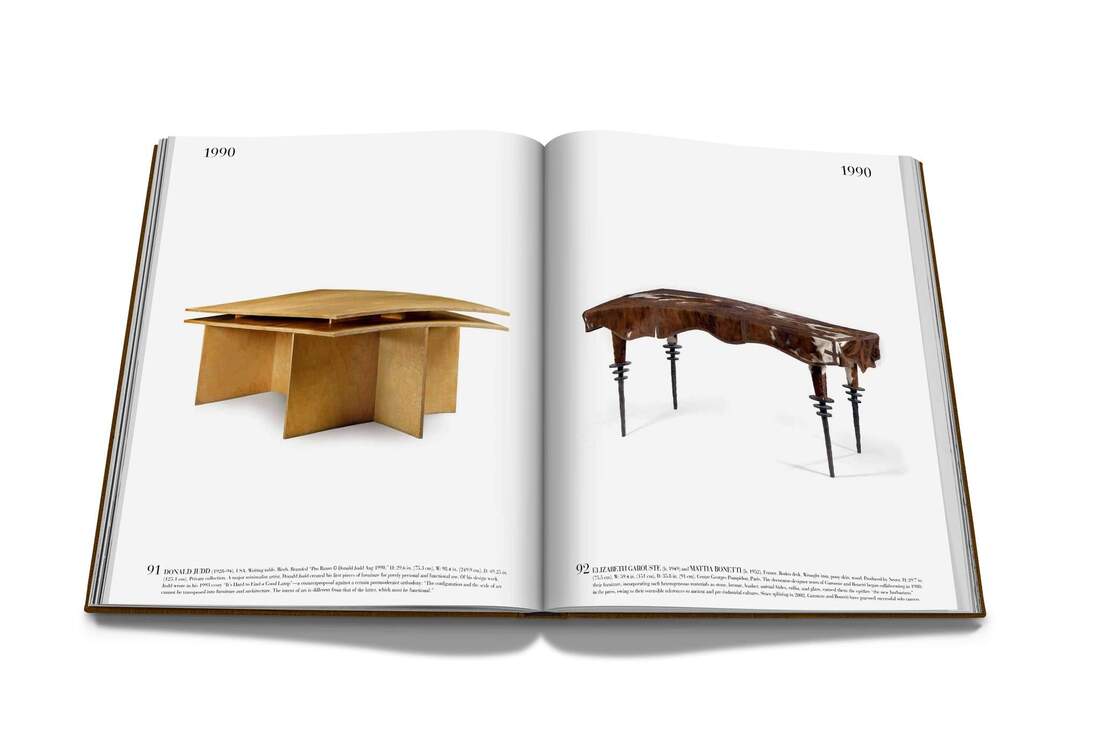
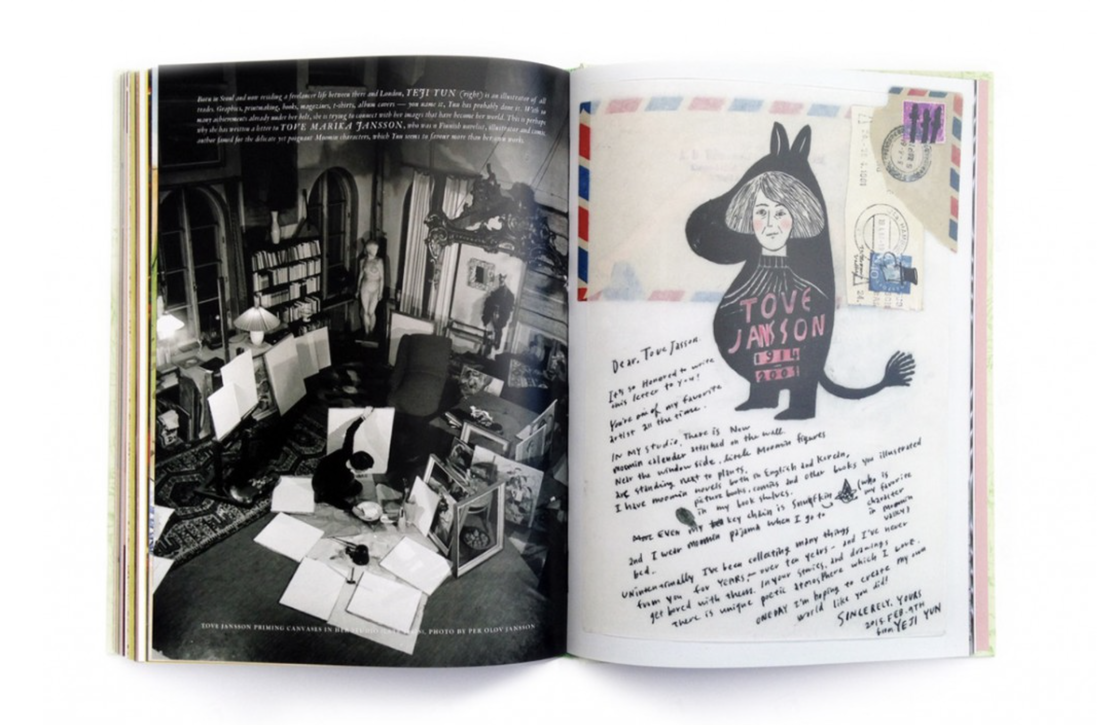
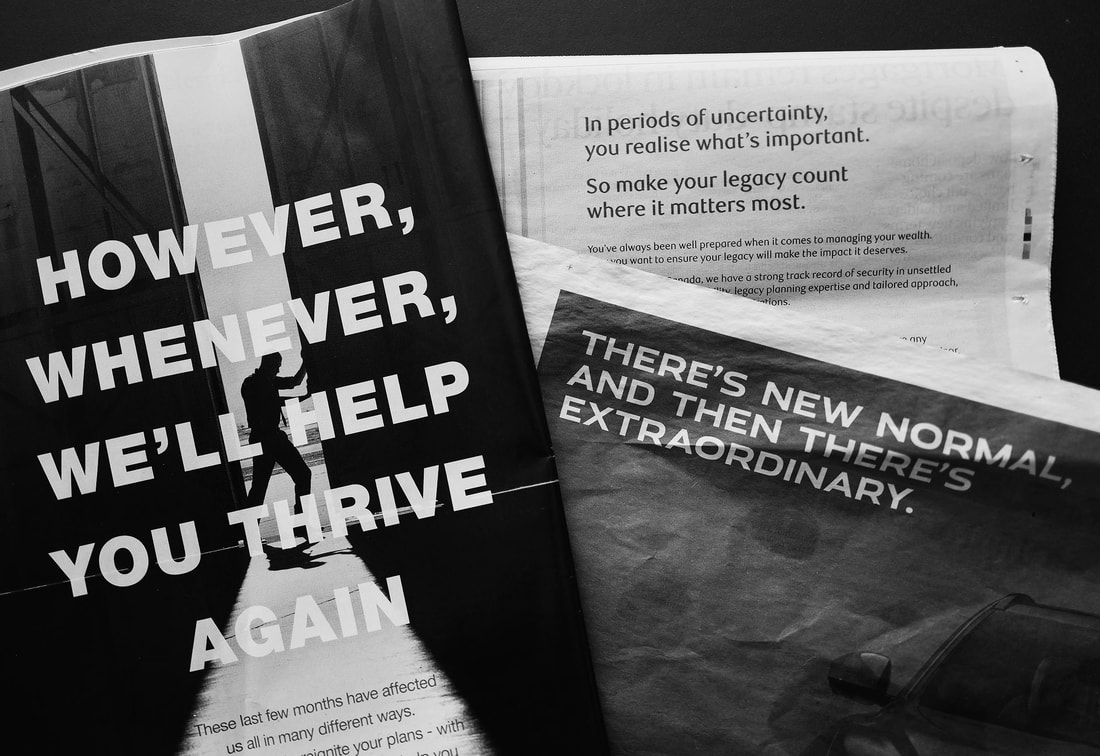
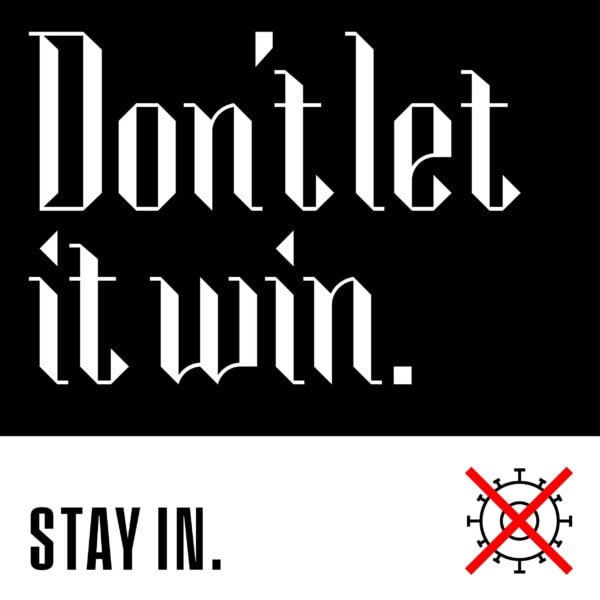
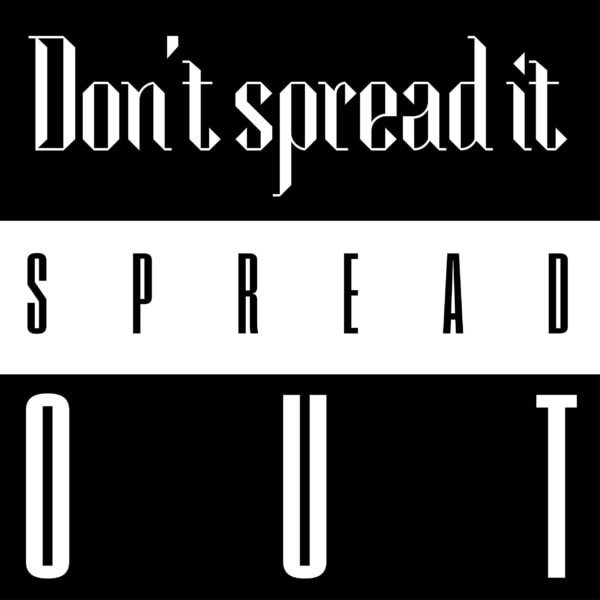
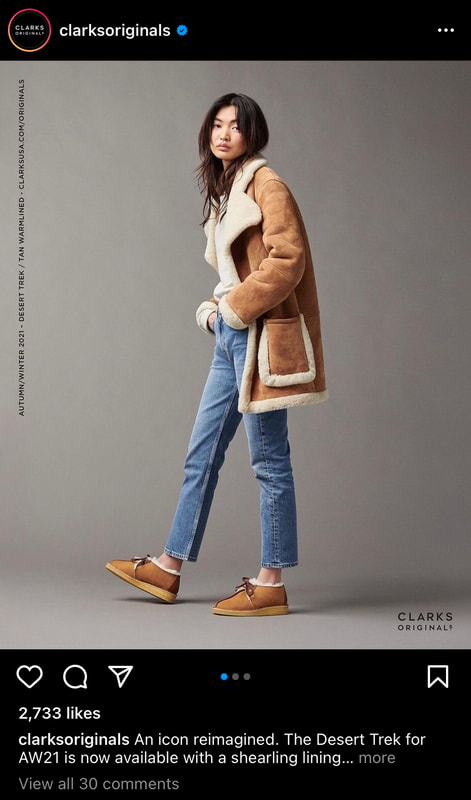
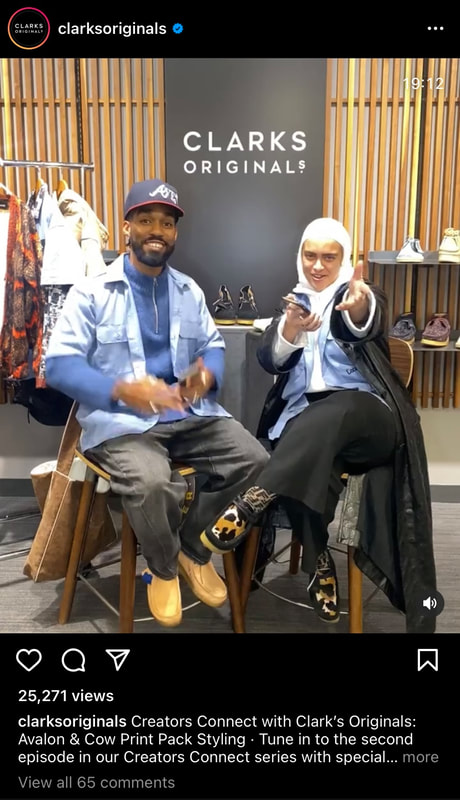

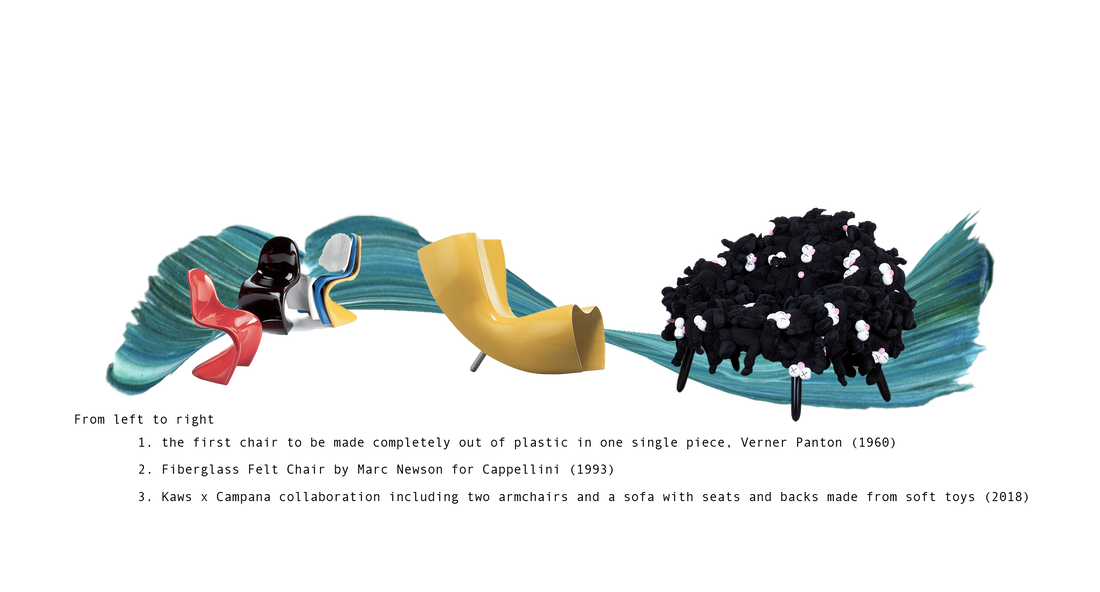
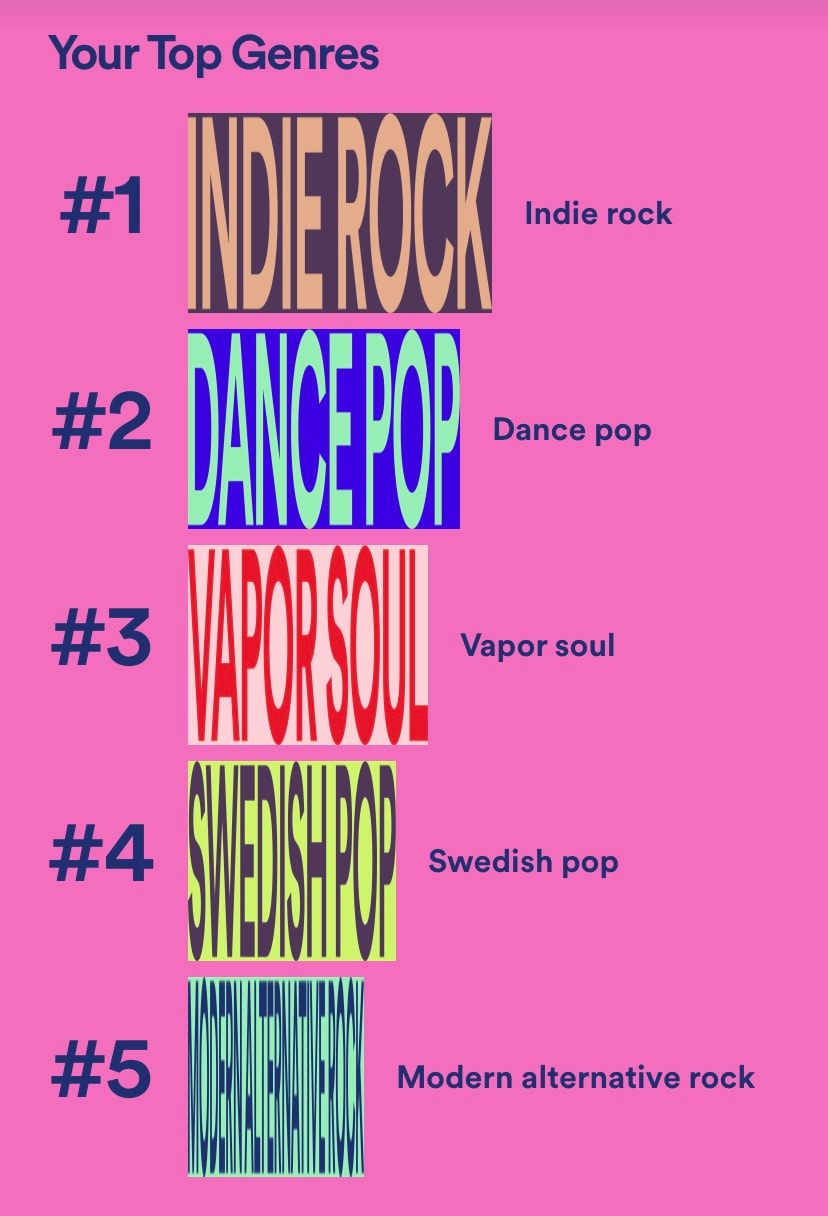
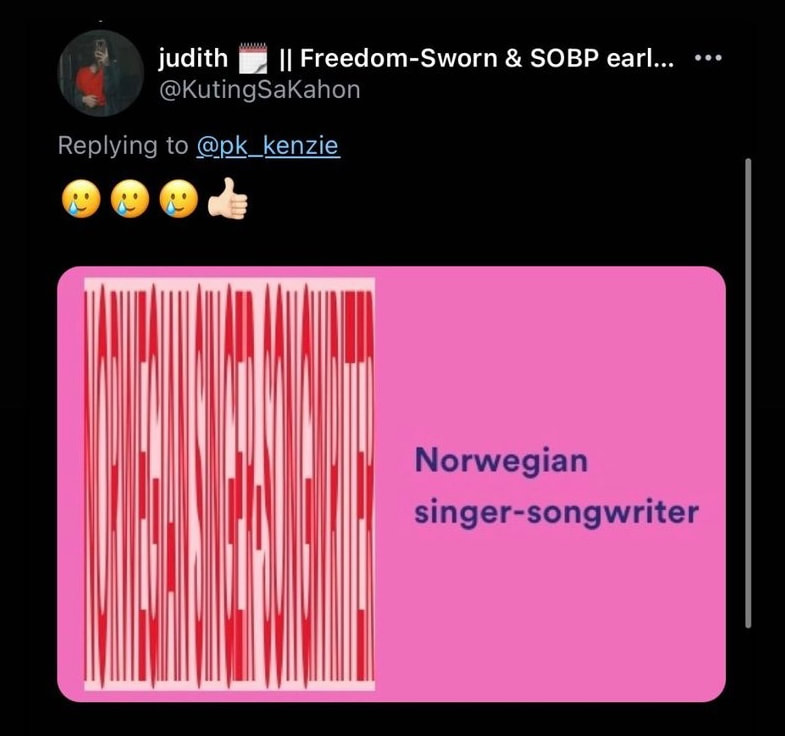
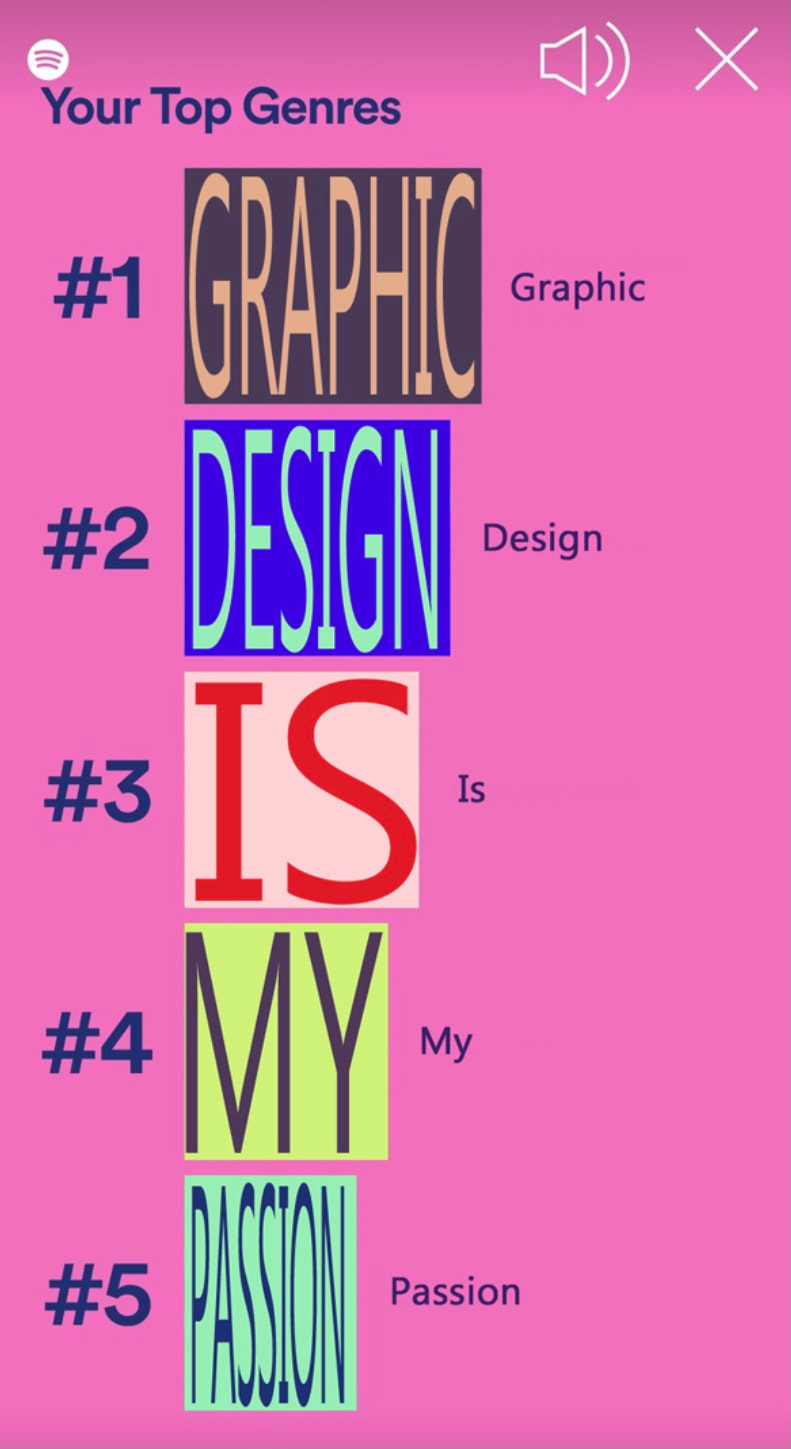
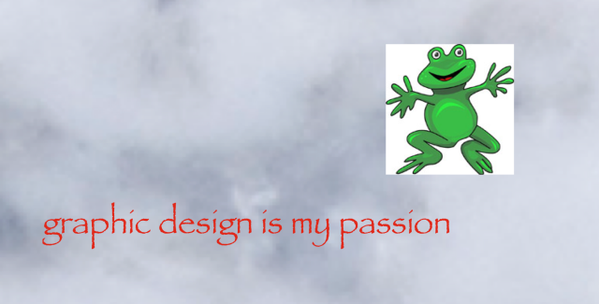
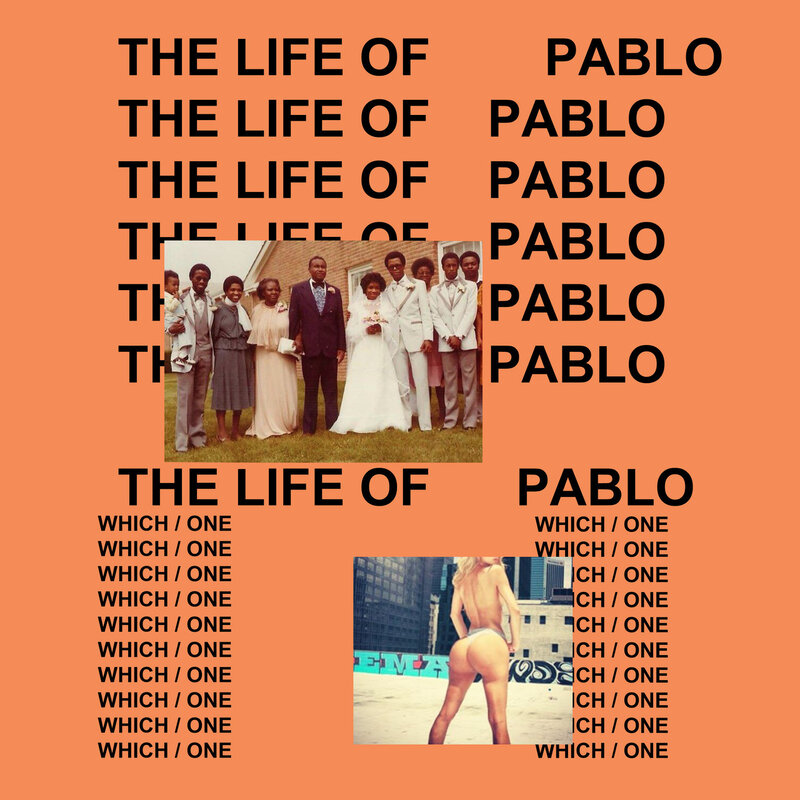
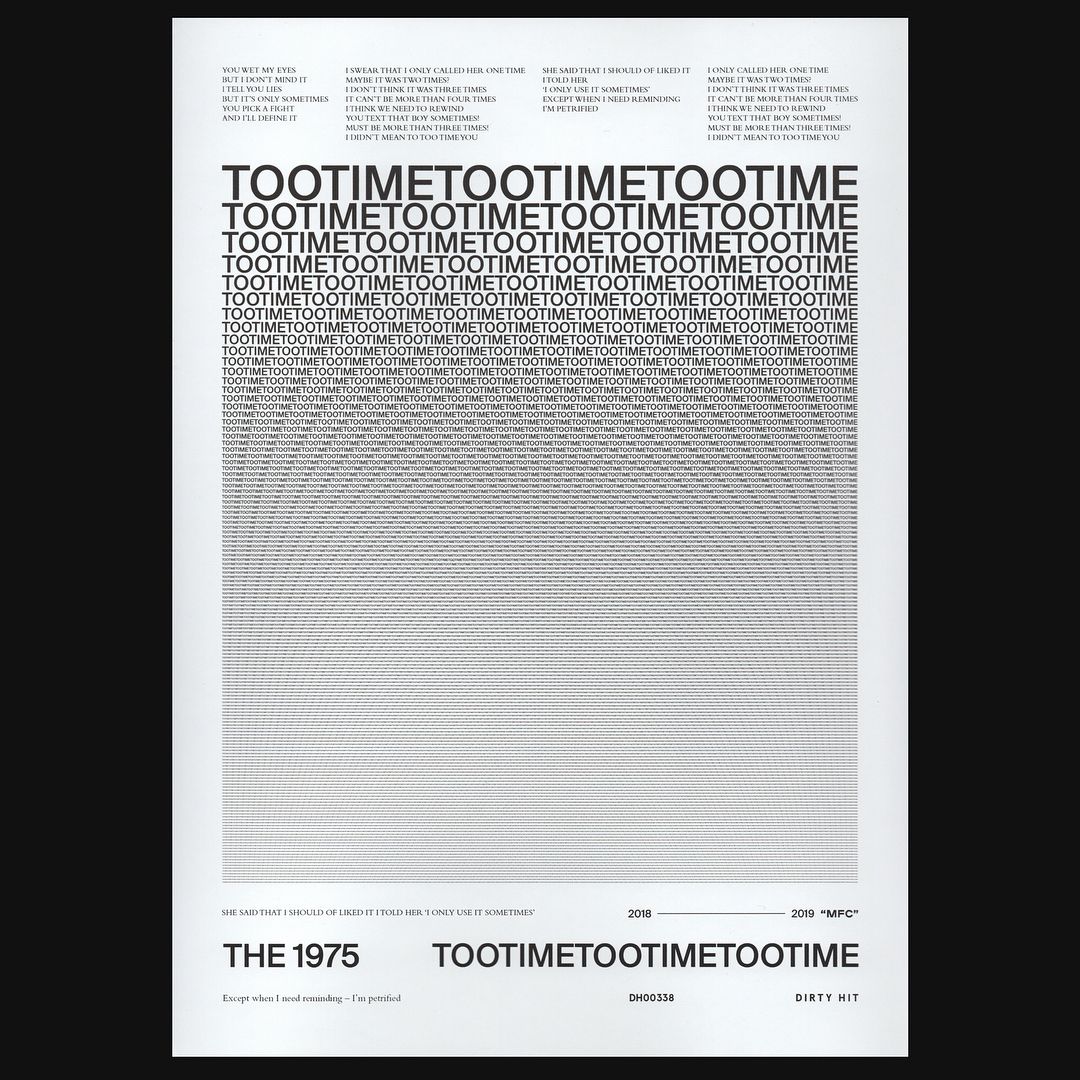
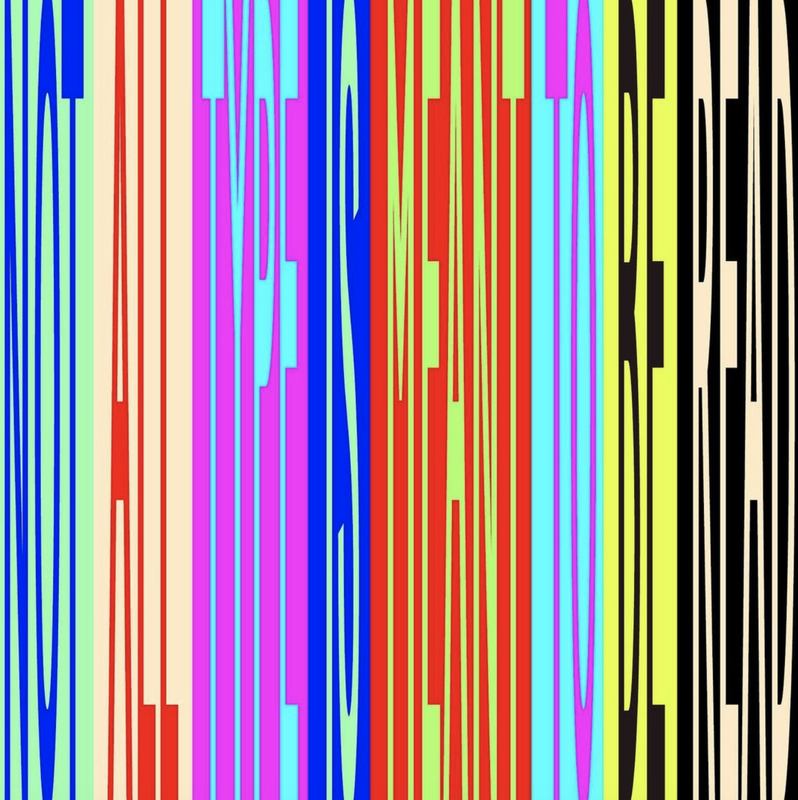
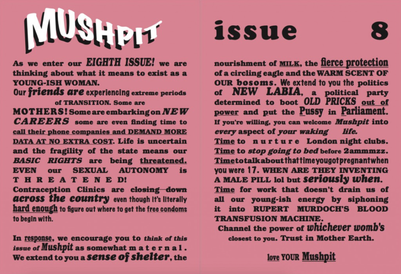
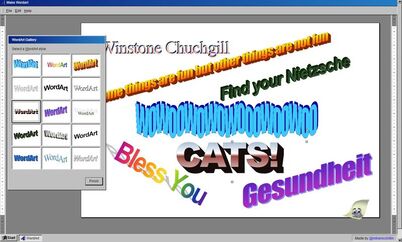
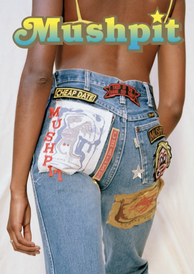

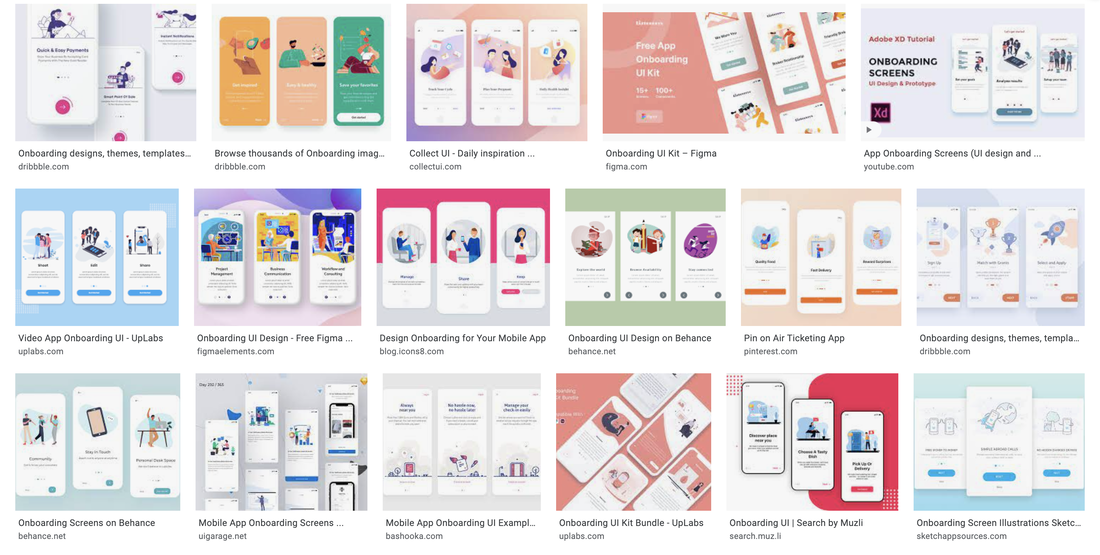
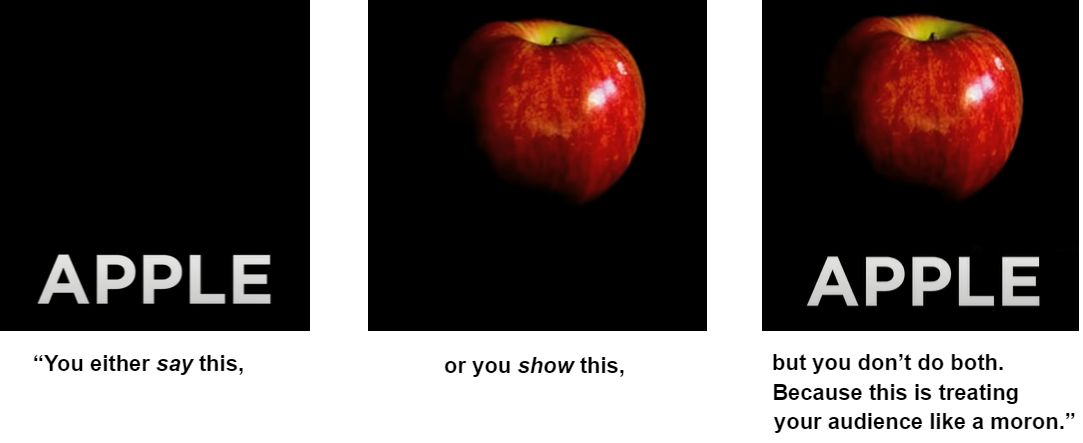
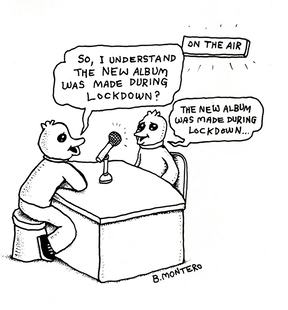
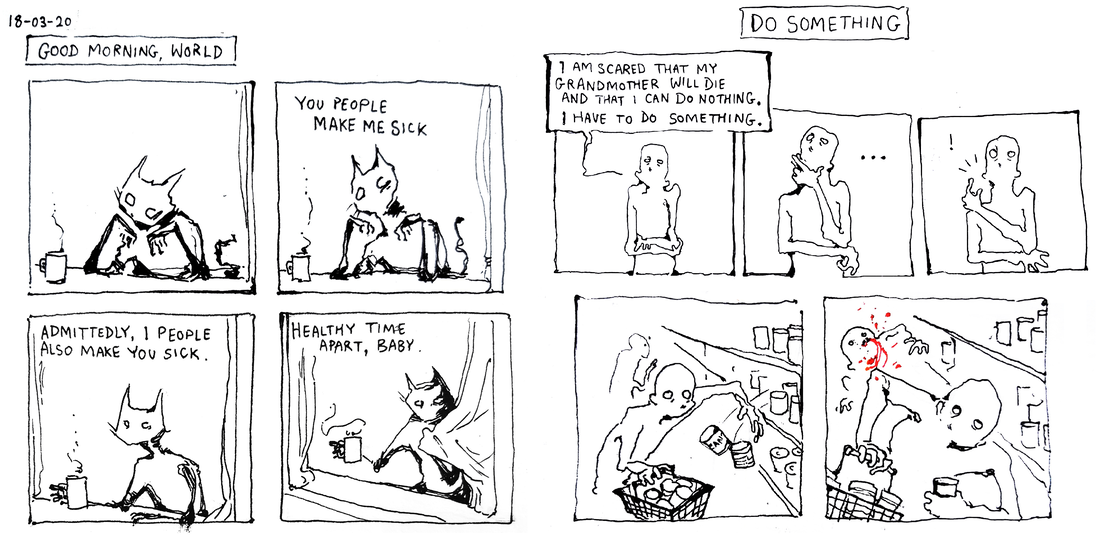
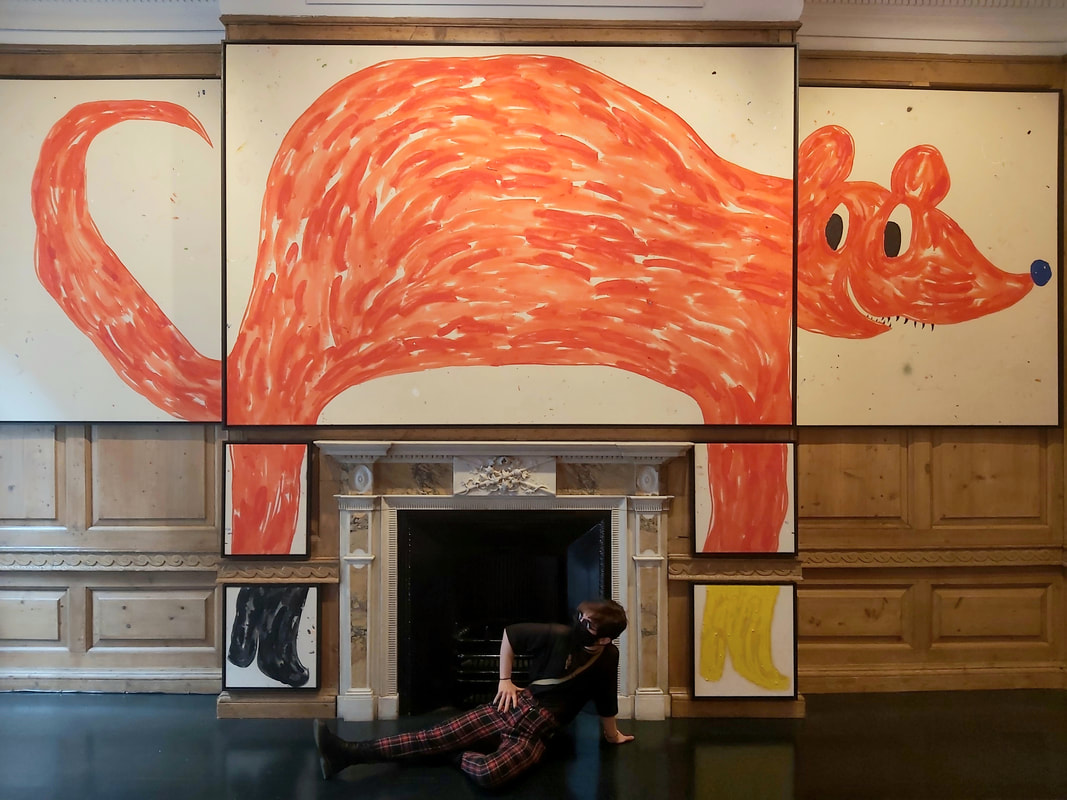

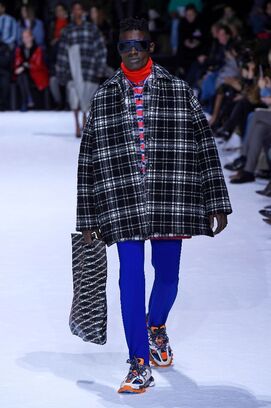
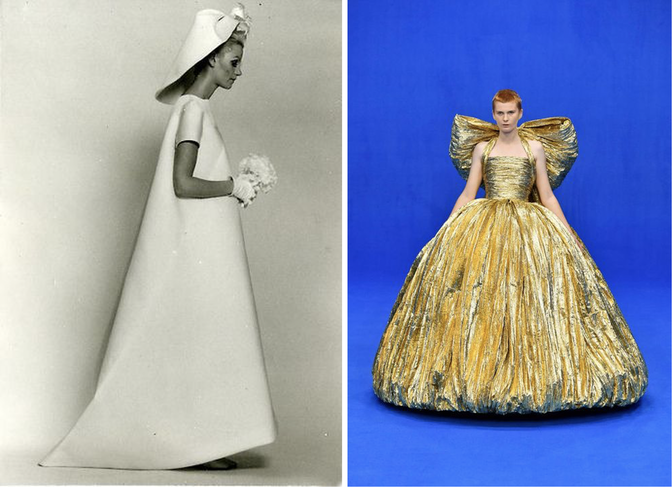

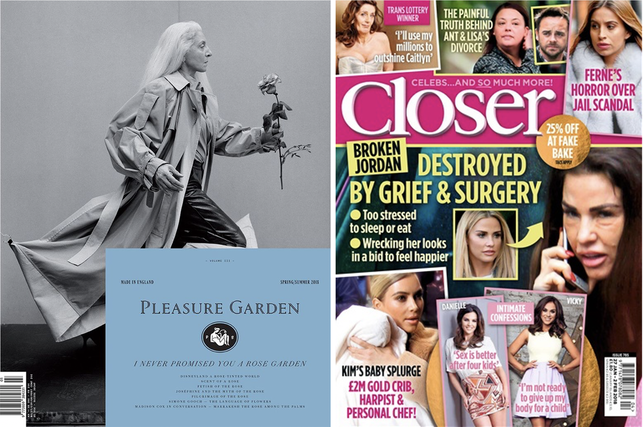
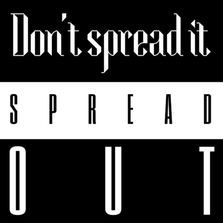
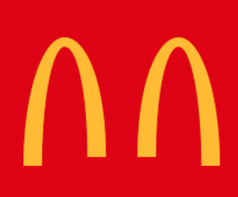
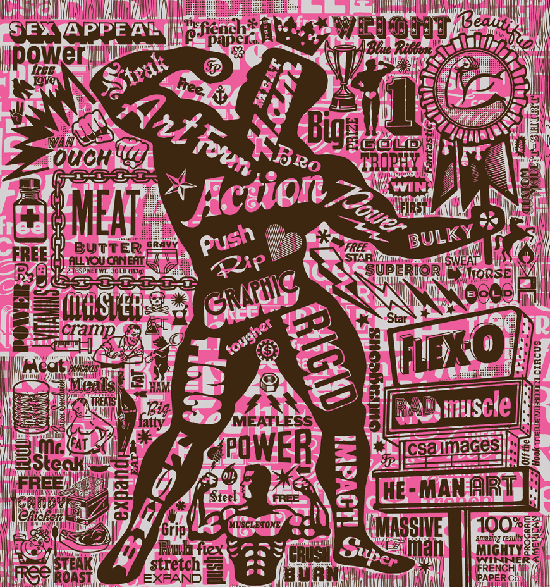

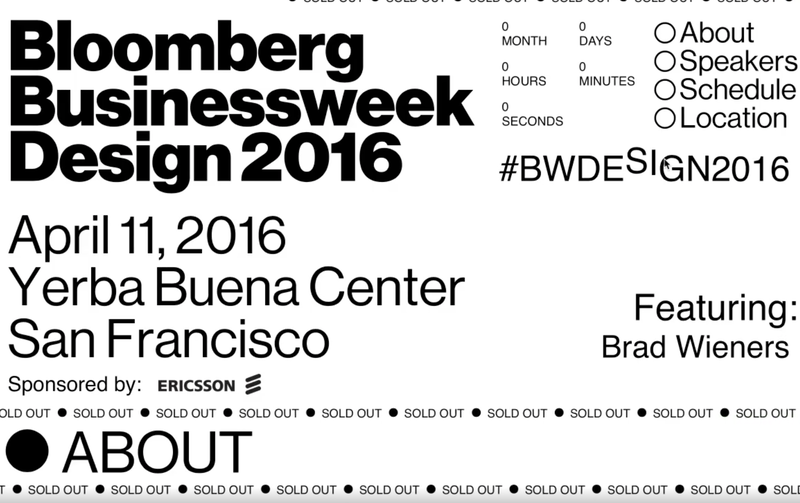

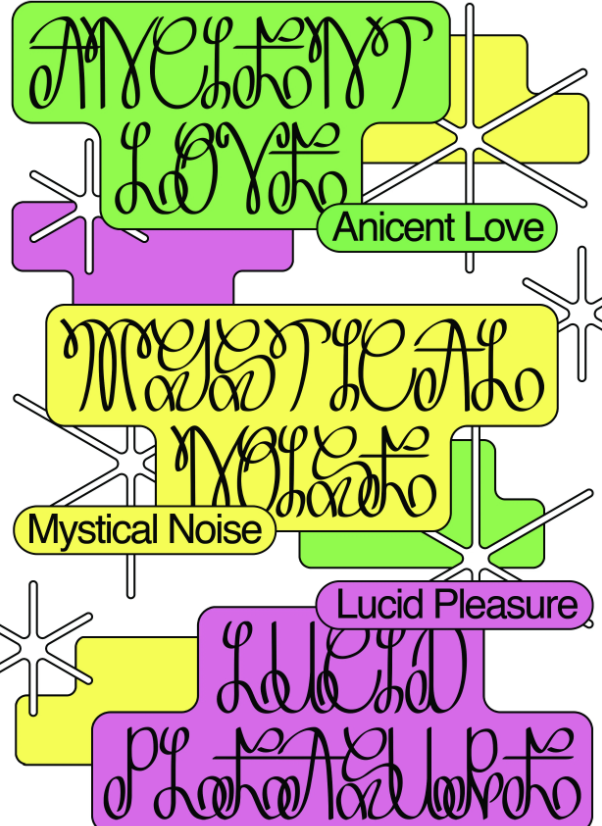
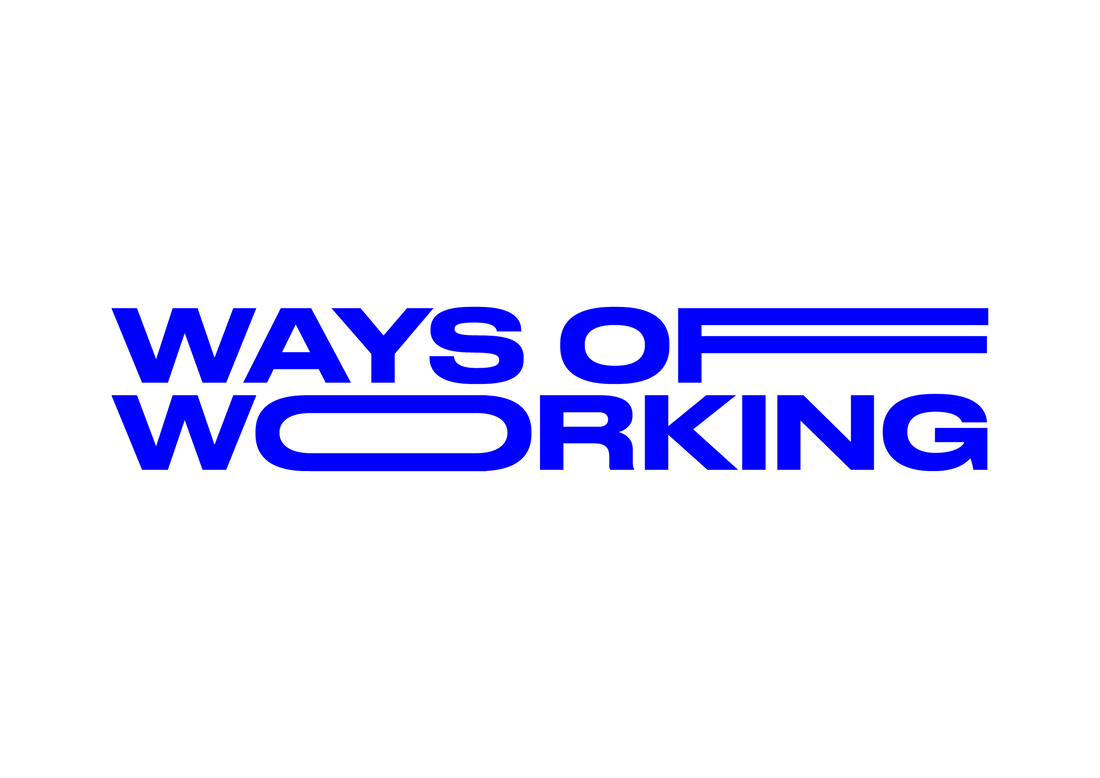
 RSS Feed
RSS Feed
